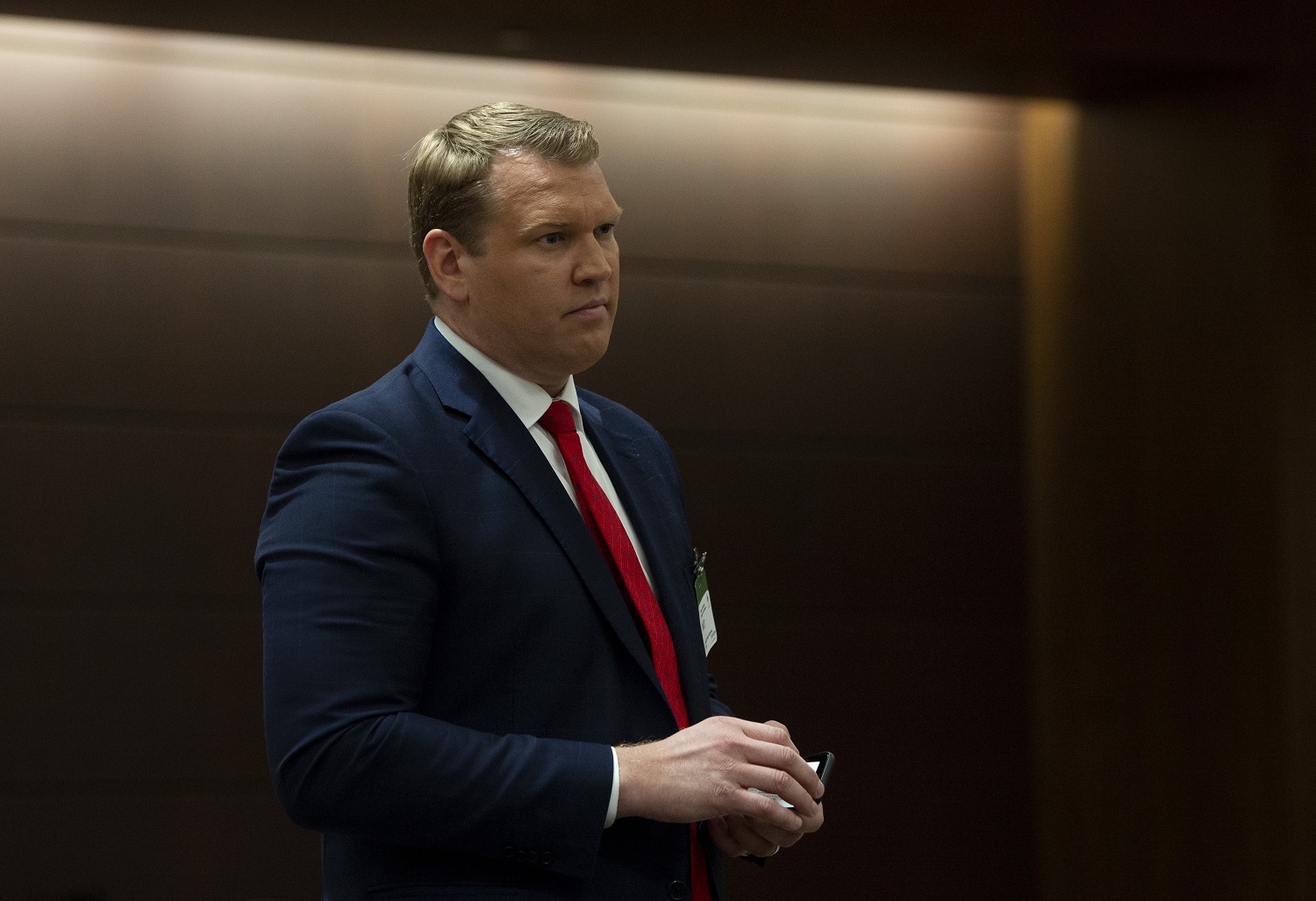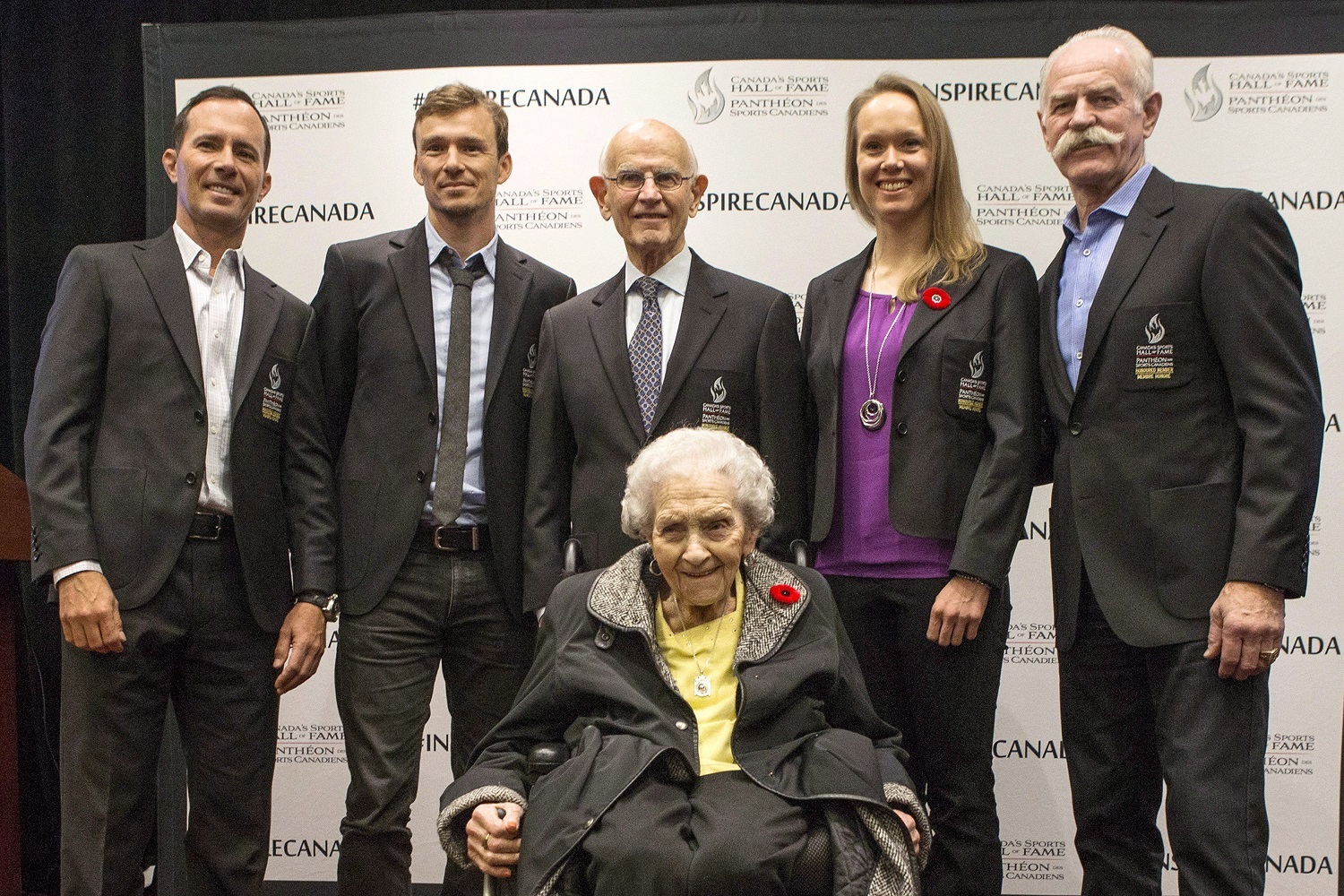March 2, 2020
Why does the most influential medical paper on concussions in sports call the link between repeated head injuries and long-term brain disease ‘unknown’?
Chronic traumatic encephalopathy (CTE) has been found in the brains of a number of deceased high-profile athletes in recent years. Those athletes experienced symptoms including depression and anxiety, violent outbursts, paranoia and suicidal thoughts before their death.
CTE can only be diagnosed by a post-mortem examination of the brain. It degenerates brain tissue, resulting in atrophy and lost neurons. CTE is also associated with a risk of developing dementia and Parkinson’s disease.
Critics say hundreds of instances of the degenerative brain disease have been documented in which repeated blows to the head were the only known common factor. Meanwhile, the Consensus Statement on Concussion in Sport says there is no proven cause-and-effect relationship between concussions and degenerative brain diseases like CTE.
Yet the consensus statement — the "bible" of sports concussion medicine — has massive reach in the world of medicine. It has been cited more than 1,200 times since it was published and coaches, trainers and athletes around the world make important decisions based on its findings.

And it goes beyond professional sport. If you’ve ever suffered a concussion, there’s a good chance the medical treatment you received was influenced by the consensus statement.
Concussion guidelines written by the Canadian Medical Association, the College of Family Physicians of Canada and the Canadian Academy of Sport and Exercise Medicine cite the consensus statement multiple times. It also looms large in the concussion guidelines of medical reference software UpToDate, which is used by 1.9 million doctors worldwide.
The conferences that produce the consensus statement, last updated in Berlin in 2016, are organized and sponsored by sports groups including the International Olympic Committee (IOC) and world soccer body, FIFA. The paper provides guidelines for concussion diagnosis, recovery, return to play and, importantly, CTE.
According to the latest consensus statement, "a cause-and-effect relationship has not yet been demonstrated between chronic traumatic encephalopathy and sport related concussion and exposure to contact sports."
Lawsuits target sports leagues over brain injuries
CTE has been the source of a great deal of litigation for sports leagues. The National Football League (NFL) settled a 2012 class-action lawsuit with more than 20,000 former players who claimed the league knew about the long-term brain problems they would suffer, but failed to protect them. The settlement payment is expected to eclipse $1 billion US. The NFL has consistently denied any wrongdoing.
In 2018, the National Hockey League (NHL) settled a lawsuit with more than 300 former players for $18.9 million. The players alleged the league knew about the dangers of traumatic brain injuries and failed to protect them. The NHL did not acknowledge liability for the players’ claims in the settlement.

According to lawyers who represented the former players, the NHL used the consensus statement to counter the idea that it should have warned players about the consequences of repetitive brain injuries.
“The only known risk factor for developing CTE is getting hit in the head over and over again,” said Chris Nowinski, co-founder of the Concussion Legacy Foundation and the CTE Center at Boston University.
Nowinski is a former World Wrestling Entertainment (WWE) athlete and National Collegiate Athletic Association football player (NCAA) who has experienced brain injuries himself. He and colleagues at Boston University have published more than 200 results of brain autopsies that revealed CTE.

Dr. Willie Stewart, a neuropathologist at the University of Glasgow, recently published a study of 7,676 ex-professional soccer players that found they were three and a half times more likely to die of neurodegenerative disease than the general population.
“The only common factor we have that links boxers with American footballers with ice hockey with soccer with rugby with wrestling with domestic violence with circus performers is exposure to head injury and head impacts,” Stewart said. “So it's difficult to square that assumption that there is a lack of evidence to support this.”
Critics have raised concerns that the consensus panel describes the link between concussions and CTE as “unknown.” They’re also concerned about some of the authors’ current or past relationships with large sports organizations like the NFL, NHL, NCAA and IOC.
Consensus Statement Author Affiliations
In analyzing the resumes of the 36 expert panelists from the 2016 statement, the CBC found that 32 have or have had connections to organizations and sports where concussions are a major issue. Those relationships include employment, consultancy work, research grants and expert witness testimony. Many of the links existed at the time the statement was written. Others developed in the years following the Berlin conference, while others pre-date it. Some affiliations may have been carried out in a volunteer capacity.
*all currency in USD
The CBC was able to ascertain most of the dates related to author affiliations, but some dates remain unknown. We were unable to confirm the dates for:
- Ruben Echemendia - Member, NCAA Concussion Task Force
- Christopher Giza - Former clinical consultant, NFL, NHL, Major League Soccer
- David Maddocks - Member, Australian Football League Concussions Working Group
- Paul McCrory - Medical consultant, IOC, FIFA, Australian Football League (AFL) and the International Ice Hockey Federation
- Grant Iverson - Member, scientific advisory board of the NCAA-Department of Defense Grand Alliance
The CBC reached out to all 36 panelists from the latest consensus statement. Twenty-five did not respond. Most of those who did pointed to a statement from Dr. Jiri Dvorak, a Swiss neurologist and co-chair of the last conference.
Dvorak wrote that "the expert panel that authors the Consensus Statements includes people from varied clinical and scientific disciplines, including long-term degenerative diseases/processes, many of whom are not involved in organized sport."
Dvorak also said the meetings "follow a structured, scientific and transparent process as outlined in a companion manuscript published with the Berlin Statement."

Concerns about the process
Since the first International Conference on Concussion in Sport in 2001, the conference has been held every three to four years. The statement from the fifth and most recent meeting was published in the British Journal of Sports Medicine in 2017. Its lead authors were Dvorak, Dr. Paul McCrory and Dr. Willem Meeuwisse, a Canadian.
In more than a dozen interviews, the CBC heard from critics who shared concerns about the conference’s selection process and some of the people who have ended up on the author panel.
The consensus conference’s scientific committee selected the authors for the main paper. The panel selection criteria are not explained in great detail, but include having “scientific, clinical and/or academic understanding on specific topics in the field of concussion” and having recent experience publishing research in the area.
Meeuwisse, for example, was the medical director for the NHL at the time of the last conference and continues in that position today. Fellow panelist McCrory has been a medical consultant for the IOC and FIFA (exact dates are unclear), and was also the co-researcher for an NFL-funded study at the time of the conference. Panelist Dr. Allen Sills was named chief medical officer for the NFL shortly after the last consensus statement was written.

The consensus authors include “some of the greatest [CTE] skeptics that are out there,” said Nowinski, whose Concussion Legacy Foundation receives funding from WWE. “There are certainly a great number of concussion experts who I respect on that paper," but he emphasized that "concussion experts are not CTE experts.”
In a written statement to the CBC on behalf of the NFL, Sills said, “Important research advancements have been made over the last several years around traumatic brain injury, exposure variables, neuropathological findings and CTE. It is clear there can be long-term health risks associated with repetitive head injuries, particularly if they are not treated properly… researchers and clinicians continue to work together to answer important questions about CTE, including how and why the disease manifests itself, who is at risk, and why.”
The CBC reached out to all of the sports organizations that sponsor and organize the event as well as those that are strongly represented on the author’s panel. The NFL provided a written statement, while the IOC forwarded Dr. Dvorak’s response. The NHL, Hockey Canada, FIFA and the International Ice Hockey Federation (IIHF) did not respond.
Authors criticize the statement
Dr. Charles Tator, director of the Canadian Concussion Centre at Toronto Western Hospital, has been on two of the five consensus panels, including 2016 in Berlin. Based on what he witnessed, “people who doubted the existence of multiple sports concussions causing CTE seemed to win the day in the committee that I was on,” he said.
While he argued for different language surrounding CTE, Tator says he was outnumbered.

Tator said he left his name on the paper because he felt that while the section that addresses CTE was problematic, other parts of the report still have value.
Dr. Robert Cantu, also at Boston University, is another panelist who criticizes the consensus statement.
"Not every case of lung cancer involves the need for someone to have smoked, but the overwhelming risk [of cancer] statistically goes up the longer you smoke," he said. "We have the same thing in CTE. We now have hundreds of cases in the world's literature … that clearly show the risk is related to the number of years you get repetitive impacts to your head, especially in the sport of football."
Will the next conference bring change on CTE?
Dr. Mark Aubry, another Canadian on the panel, is a team physician for the Ottawa Senators, as well as the volunteer chief medical officer for Hockey Canada and the IIHF.
In an email response to the CBC, Aubry wrote that "my guiding principle in my professional capacity as a sport medicine physician has always been to promote player safety and injury prevention."
When asked if he believed that CTE is directly related to repeated head injuries, Aubry wrote, "I am not able to answer this question as I am not an expert in that field. I have relied on the expertise underlying the consensus statement... I look forward to the concussion conference in Paris this year to learn about any new research material published since the Berlin conference."

Despite those research advancements, Nowinski is skeptical the next paper will draw a line connecting repetitive brain trauma and CTE.
"If we really want the world to appreciate the risks that they're exposing themselves or their children to,” he said, “we need a different group to review the research — and issue a statement.”
The next International Consensus Conference on Concussion in Sport will be held in Paris this coming October.
Brain Trust is a CBC Vancouver series that investigates the world of concussions, CTE and the medical research that informs their treatment.
